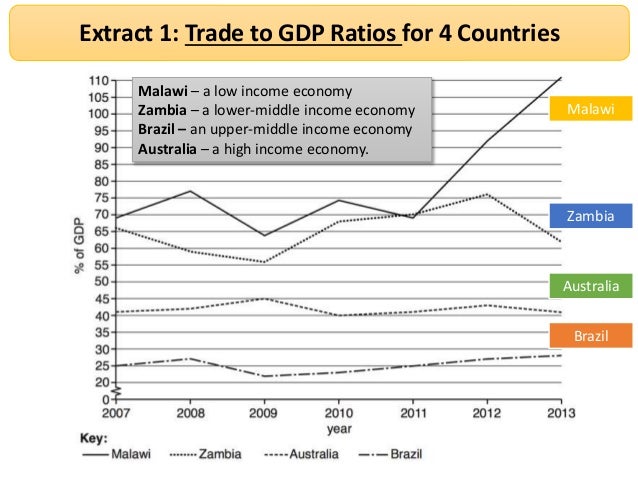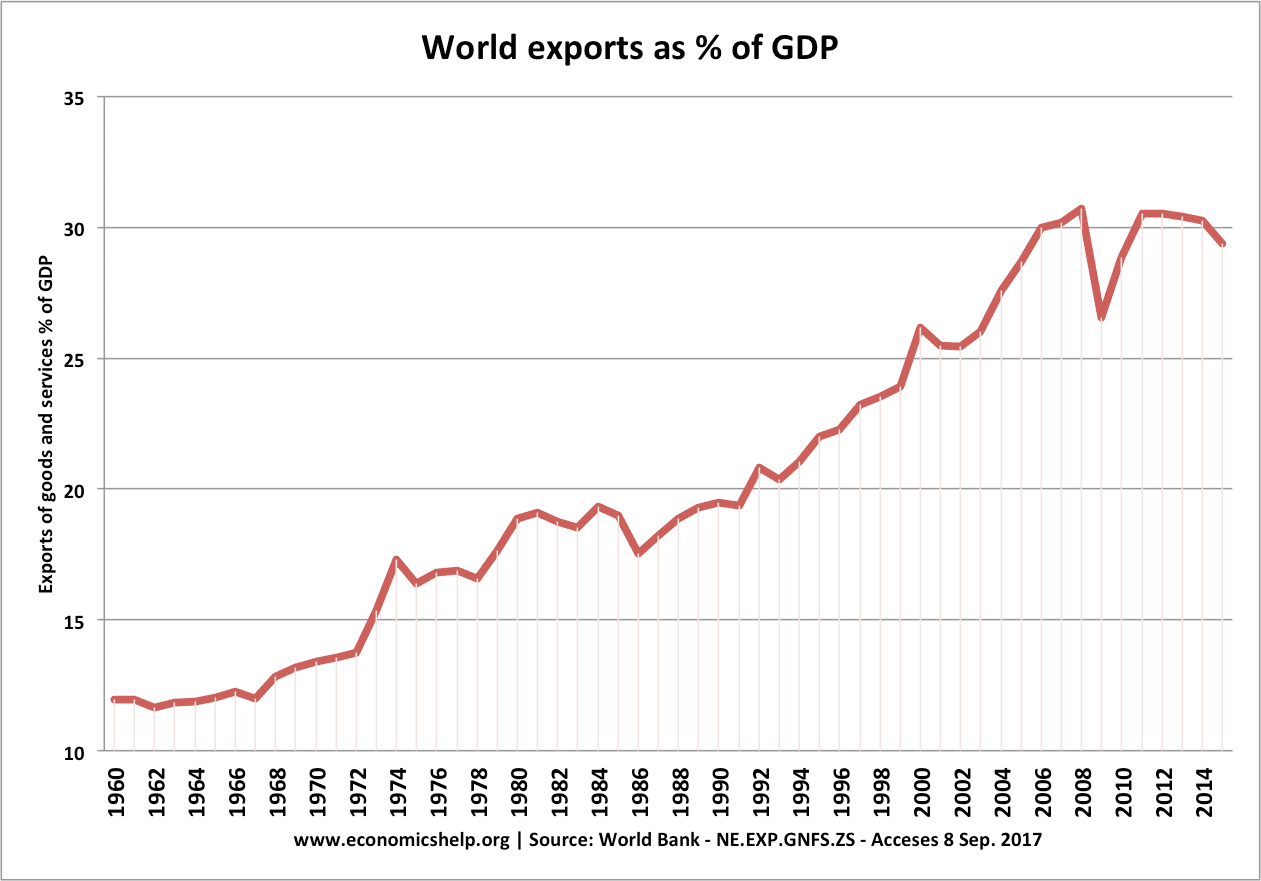Trading Blocs By Gdp

The table has current values for gdp previous releases historical highs and record lows release frequency reported unit and currency plus links to historical data charts.
Trading blocs by gdp. Spain was the worst hit country. Trading blocsa regional trading bloc is a group of countries within a geographical region that protect themselves from imports from non members. A trading bloc is a group of countries that have reduced or removed trade barriers for its participants. It is a group of countries within a specific geographical boundary.
Trade blocks are the groups of countries which are establishing the preferential trade arrangements among member countries. Eurozone gdp fell by 12 1 in the second quarter its biggest decline in history. This page provides values for gdp reported in several countries. The larger markets created via trading blocs permit economies of scale.
To form a trade bloc countries conclude international treaties. Trading blocs are a form of economic integration and increasingly shape the pattern of world trade. 10 major regional trading blocs in the world 30 march 2018. The eu is the world s largest trading block.
Poverty rates are still high and gdp does not seem to be positively influenced by the trading blocs. Trade blocs are a form of economic integration and it increasingly forms the structure of world trade. The eu is the largest economy in the world. There are several types of trading bloc preferential trade areapreferential trade areas ptas exist when countries within a.
This is significantly higher than the eurozone s q1 s gdp contraction of 3 6. The benefits of trading blocs include lower cost goods and increased profits and efficiency for businesses. Trade bloc agreements allow different countries to trade with each other free of tariffs or regulatory barriers. Disadvantages of trading blocs 1.
The average cost of production is decreased because mass production is allowed. This page displays a table with actual values consensus figures forecasts statistics and historical data charts for gdp. A trading bloc is likely to lead to at least partial loss of sovereignty for its participants. Although growth is projected to be slow the eu remains the largest economy in the world with a gdp per head of 25 000 for its 500 million consumers.
Many social economic and political challenges also weaken african trading blocs and their ability to promote integration and trade. Surges of trade bloc formation occurred in the 1960s and 1970s as well as in the 1990s after the collapse of communism. The existence of numerous trading blocs and that few of these contribute to regional trade creation.


















